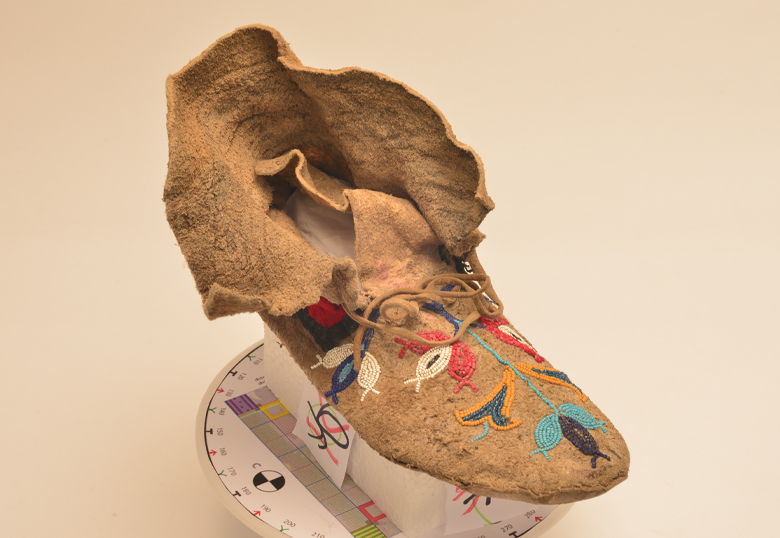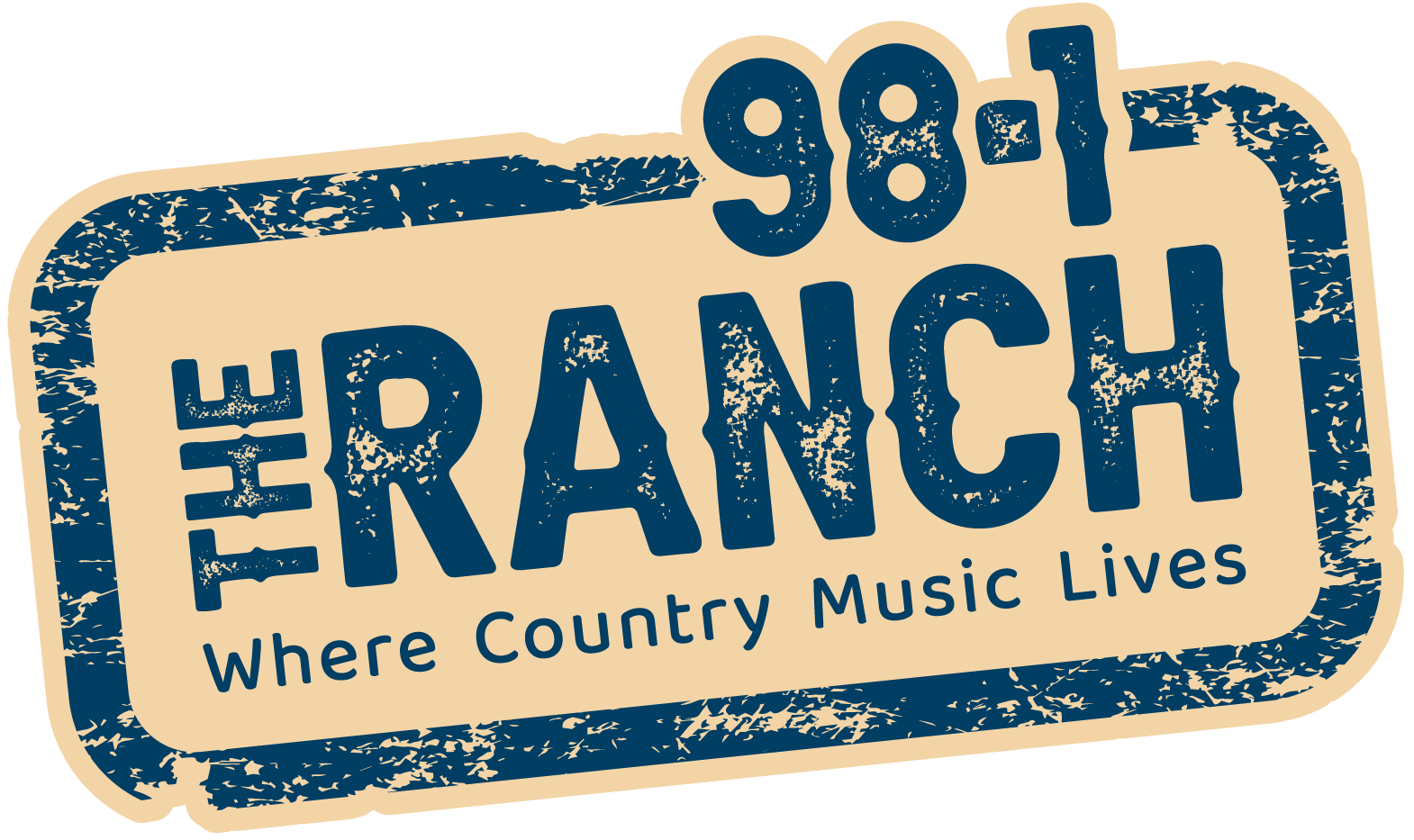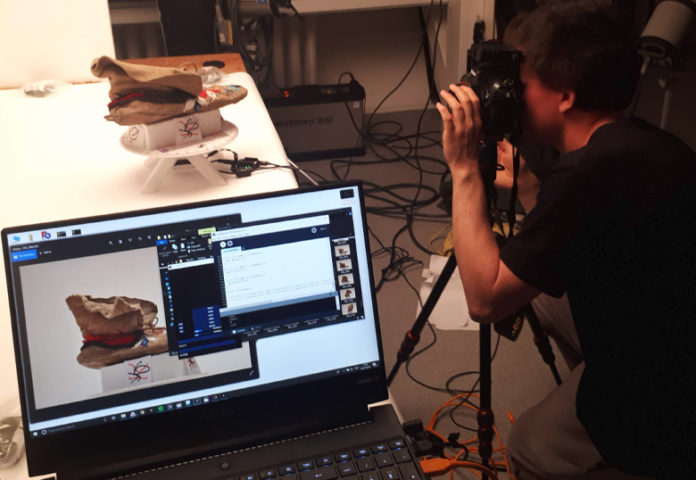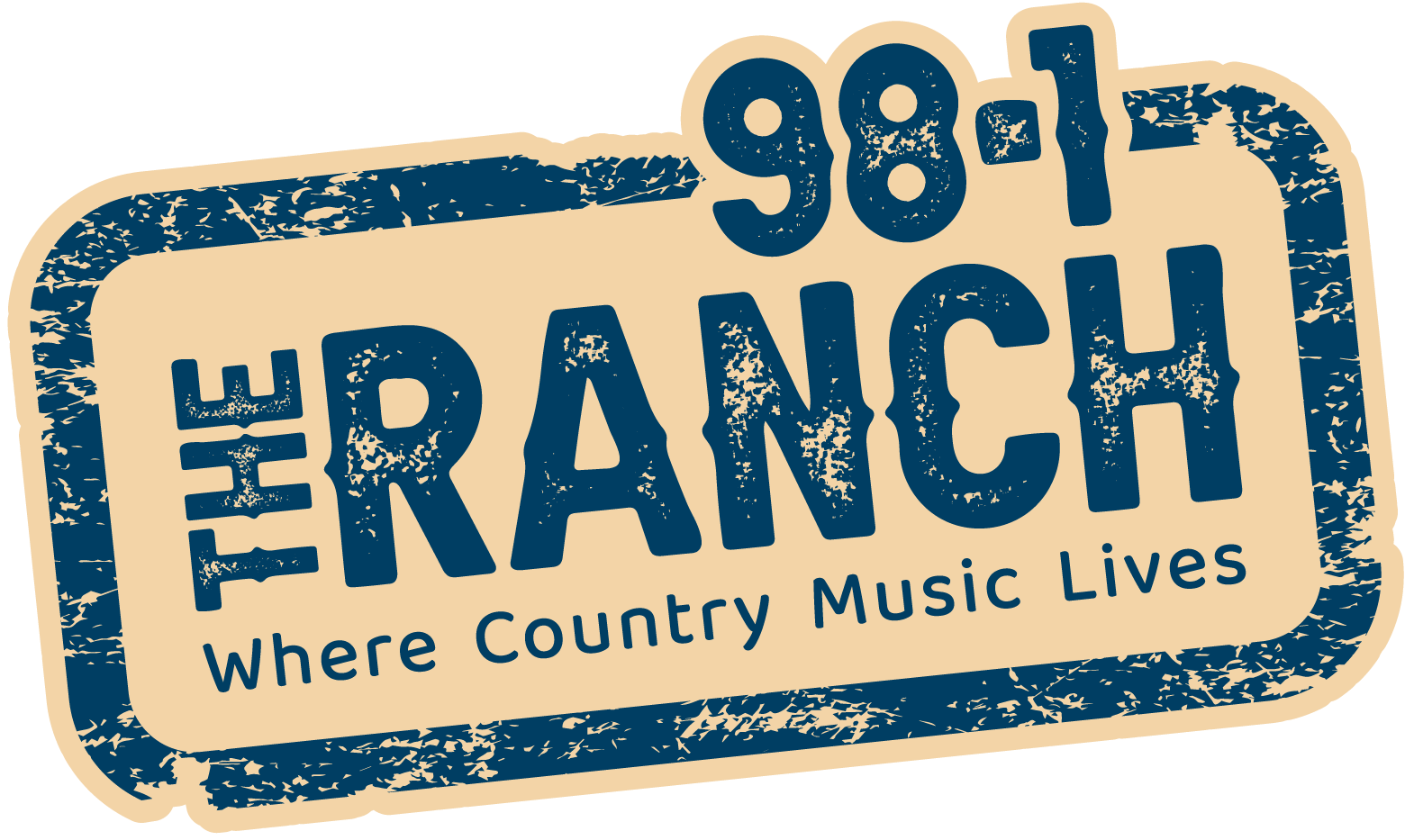LETHBRIDGE, AB – After three years of research and construction, the University of Lethbridge has finally unveiled a new interactive website featuring hundreds of Blackfoot artifacts.
Mootookakio’ssin (moo-DOO-ka-keyo-sin) translated means “distant awareness” and was named by Elder Dr. Leroy Little Bear.
As the artifacts are all housed in British museums, the website creates a bridge that virtually reconnects Blackfoot people here in southern Alberta with the items.
Blackfoot Elder Jerry Potts, a key resource throughout the project, says the significance of showing these belongings, some which date back to the 1700s, is immeasurable.
“Some of these items were from the first contact the Blackfeet had with settlers. The material we are looking at was developed before there was any trade, so they were made with quill work and natural dyes,” says Potts. “The Blackfoot People are so tied to nature and the landscape, so you look at these items and try to imagine what they saw. Our culture and our belief system are captured in this art — there’s a lot of value in that.”
The new website also aims to assist in the process of knowledge renewal and to build bridges between Indigenous and non-Indigenous people.







